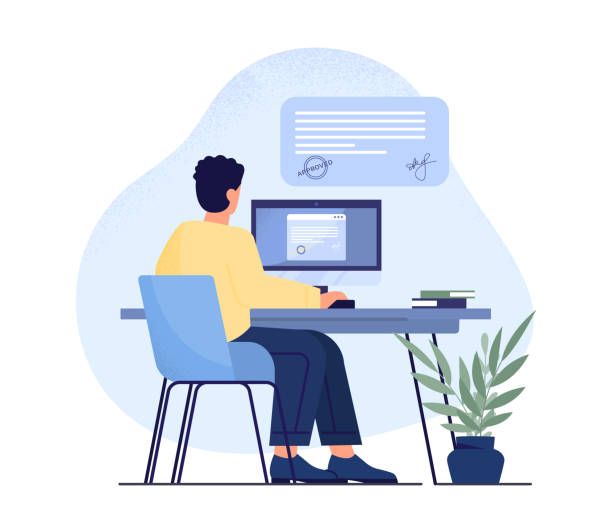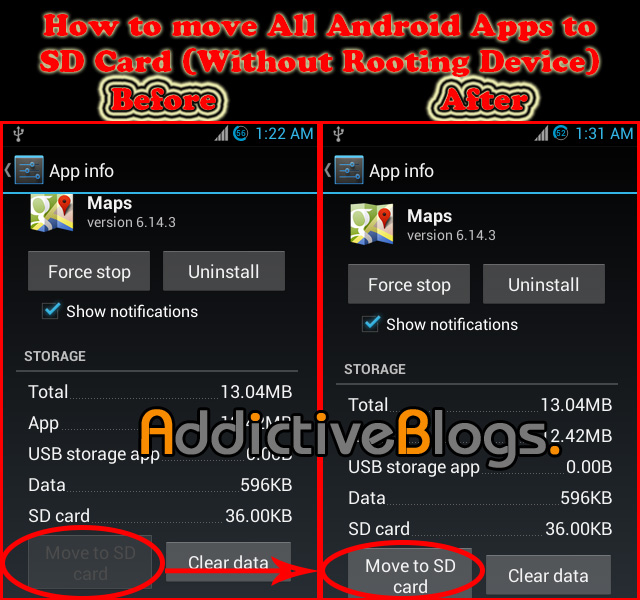As a freelancer or seller, you’ve put in the hard work and delivered a project to your customer, only to find yourself in a frustrating situation with an unresponsive client after project delivery. The customer isn’t responding. This scenario can be perplexing and stressful, but it’s not uncommon. Here’s a guide on what steps to take when faced with an unresponsive client after project delivery.
1. Remain Calm and Professional When Facing an Unresponsive Client
First and foremost, stay calm and maintain a professional demeanor when dealing with an unresponsive client after project delivery. It’s easy to let frustration take over, but keeping your cool will help you handle the situation more effectively. Remember, there could be many reasons for the lack of response, ranging from personal emergencies to technical issues.
2. Verify Delivery to Avoid an Unresponsive Client After Project Delivery
Ensure that the project delivery was successful to avoid issues leading to an unresponsive client after project delivery. Check if the customer received all files and documents correctly. If you used an online platform or email, verify that there were no issues with the transmission. Confirm that the customer has received a notification of the delivery.
3. Follow Up with Courtesy to Address an Unresponsive Client
Send a polite follow-up message to address the issue of an unresponsive client after project delivery. Sometimes, a gentle reminder is all it takes to get a response. Your message can be simple and to the point:
“Hi [Customer’s Name], I hope you’re doing well. I wanted to confirm that you’ve received the project files I delivered on [date]. Please let me know if there are any issues or if you need any further assistance. Thank you!”
4. Use Multiple Communication Channels to Reach an Unresponsive Client
If you haven’t received a response through the initial communication channel, try reaching out via other means to contact an unresponsive client after project delivery. For instance, if you initially contacted the customer through email, you could try sending a message through the platform where you were hired or even through social media, if appropriate.
5. Set a Clear Deadline for Your Unresponsive Client
In your follow-up message, consider setting a clear deadline for a response. This adds a sense of urgency and can prompt the unresponsive client to reply. Be courteous but firm:
“Hi [Customer’s Name], I wanted to follow up regarding the project I delivered on [date]. Could you please confirm receipt and let me know if everything is satisfactory by [specific date]? Thank you!”
6. Document Your Efforts When Dealing with an Unresponsive Client
Keep a record of all your attempts to contact the unresponsive client after project delivery. Documenting your efforts can be helpful if you need to escalate the situation or if there’s a dispute about the delivery. Save copies of emails, messages, and any other communications.
7. Be Mindful of Harassment When Contacting an Unresponsive Client
Be careful not to contact the unresponsive client too often. Overcommunication can be perceived as harassment, which can damage your reputation and possibly lead to legal issues. I once worked in a consumer research center where my boss demanded that I repeatedly call respondents for a study, several times a day for weeks. The respondents complained of harassment, which was justified. Despite my attempts to reason with my boss, she pressured me to continue. The company owner even congratulated me, ignoring the complaints. This experience taught me the importance of balancing persistence with respect.
In Canada, for instance, the limit is three unanswered calls before stopping. The same principle should apply to emails. Always check the relevant laws where you operate to avoid any legal repercussions. On a personal basis, it usually takes far more frequent contact to be considered harassment, but it’s best to err on the side of caution.
8. Escalate if Necessary When Facing an Unresponsive Client
If the customer remains unresponsive despite your best efforts, you may need to escalate the issue. Most freelance platforms have dispute resolution mechanisms in place. Contact customer support for guidance on how to proceed. If you were hired outside of a platform, consider sending a formal demand letter.
9. Protect Yourself for Future Projects to Avoid Unresponsive Clients
To avoid similar situations in the future, establish clear communication policies with your clients from the outset. Include milestones, deadlines, and response expectations in your agreements. Having these terms in writing can prevent misunderstandings and ensure smoother project completions.
Conclusion
Dealing with an unresponsive client after project delivery can be challenging, but by staying professional and following a systematic approach, you can handle the situation effectively. Remember to remain patient and persistent, and use these experiences to refine your processes and communication strategies for future projects.
By taking these steps, you can ensure that you’ve done everything possible to prompt a response and protect your interests as a seller.
For information on freelance platform dispute resolution, visit this guide.
Learn about harassment laws in Canada.
Check out our guide on managing freelance projects for more tips on successful project completion.









